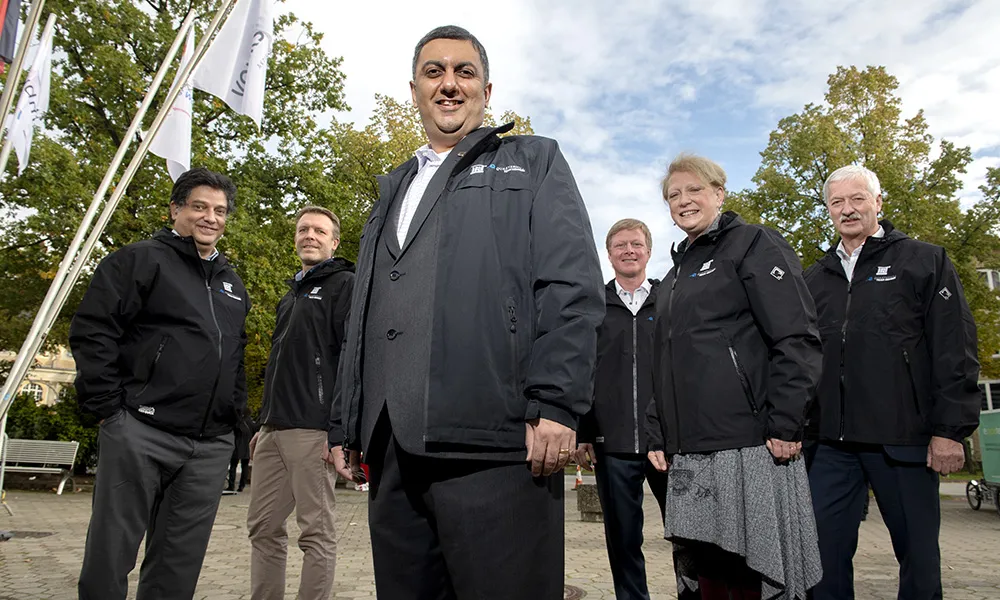International Road Dynamics (IRD) has been awarded a US$4,618,555 contract from the Pennsylvania Department of Transportation (PennDOT) for the installation, calibration and maintenance of weigh-in-motion (WIM) systems across the state. This contract has an initial term of two years and provides an option for renewal for up to three additional years.
PennDOT currently has 38 active IRD WIM systems that are covered under this agreement. Nine of these include overview camera systems. Data collection and pl
July 20, 2016
Read time: 1 min
PennDOT currently has 38 active IRD WIM systems that are covered under this agreement. Nine of these include overview camera systems. Data collection and planning site locations are made up of in-road instrumentation and IRD iSINC WIM electronics and software.
Historical data collected from these sites are used to develop daily and seasonal factors, as well as to identify changes in traffic patterns. Real time data is used to enhance safety and assist the State Police with enforcement activities, resulting in reduced roadway damage and increased preservation of pavement and infrastructure.










